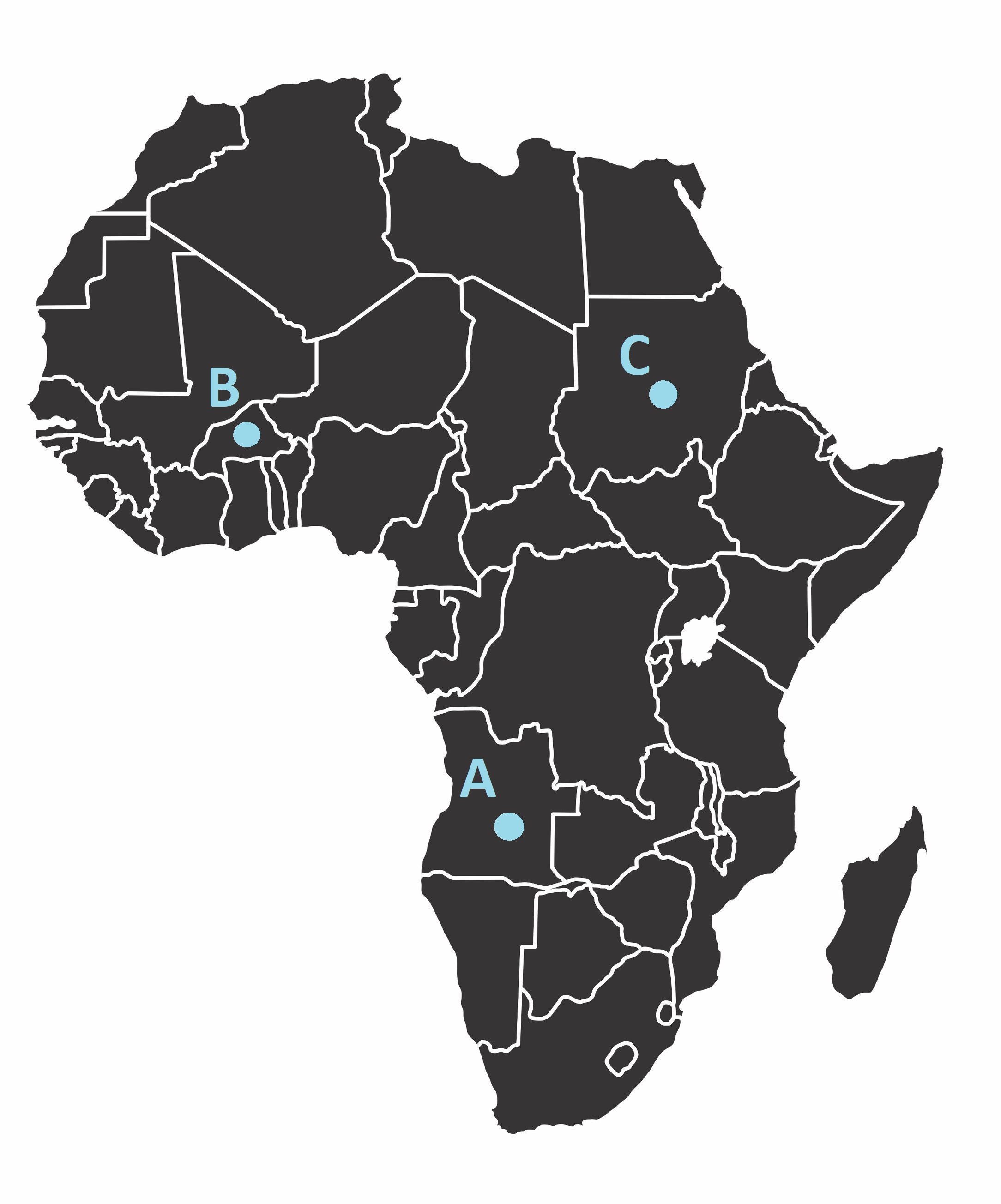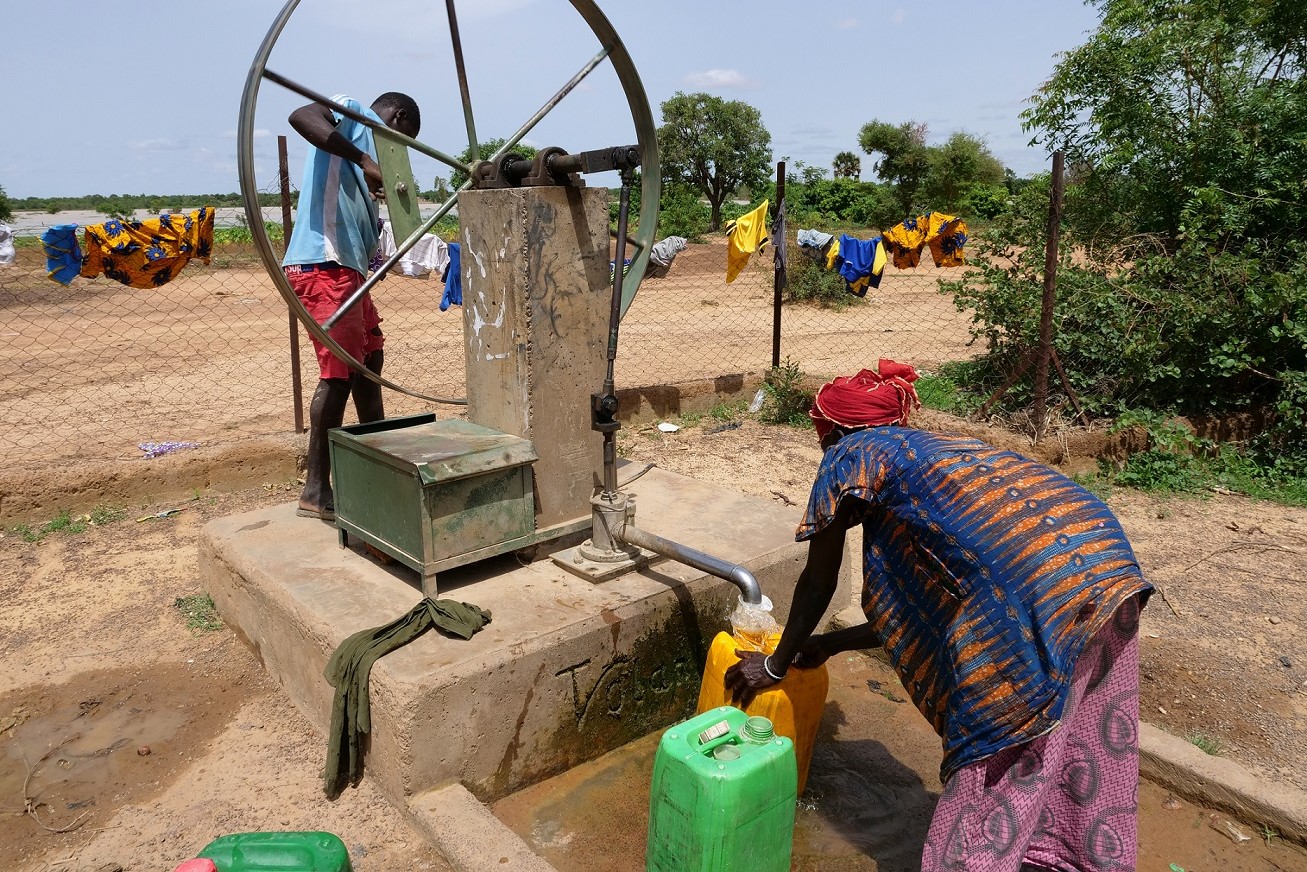
“Good Health and Well-Being” is the topic of this unit.
■Learn the vocabulary and expressions related to health and well-being
■Get to know and share your thoughts on the countries facing the healthcare issues
■Give a presentation about “Good Health and Well-being”







| 1. | What are the main causes of malnutrition for 135 million people? |
| Answer: |


| 2. | Did you do your research on the sub-textbook? Did you find an activity to solve the hunger issues? Please tell me what the organization/association does and how you feel about it. |




In the next part, we are going to learn about “Good Health and Well-being”.

| 1. | Where is Burkina Faso? A, B or C? |
| The answer is _________. |



| 2. | What can you see in the pictures? Please describe as many as you can from each picture. |
|
|
|
| Answer: |






|
adolescent 青年の男女、若者
More adolescent health promotion clinics will be set up next month.
|
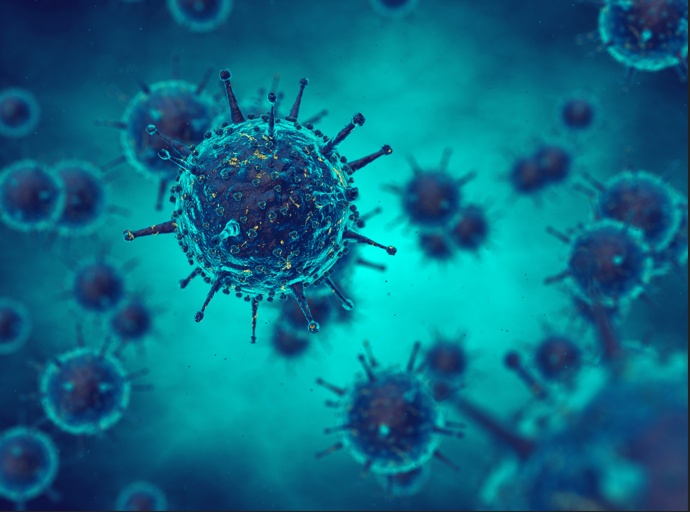
|
infectious 伝染病の
Children are more prone to infectious diseases.
|
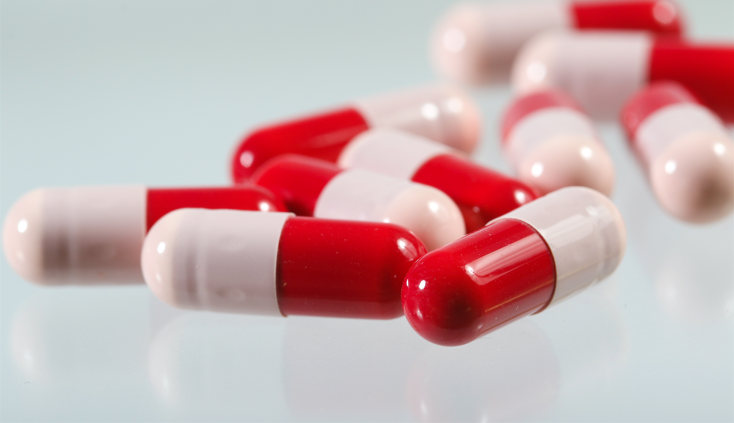
|
antibiotic 抗生物質
Antibiotics help clear up infections.
|
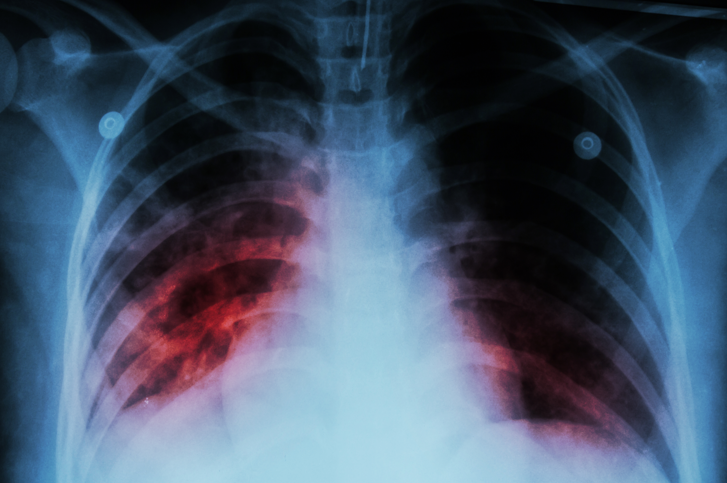
|
tuberculosis 結核
Many people still suffer from tuberculosis; fortunately, it can now be easily prevented. |




| 1. | It is the organization’s goal to reduce the number of deaths among children and _______________. |
| 2. | Many countries are volunteering to help prevent the spread of _______________ diseases. |
| 3. | _______________ should be easily available in all countries. |
| 4. | _______________ is lethal without proper treatment. |




Then, let’s move on to the next part.

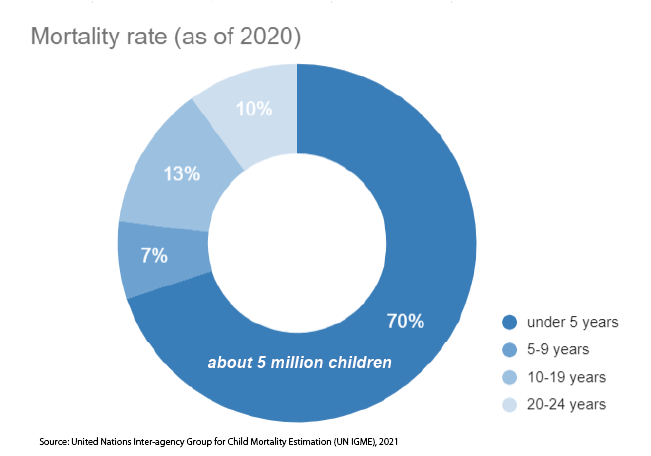
In developing countries, many mothers die during pregnancy and childbirth. It is critical to have the necessary knowledge to prevent unwanted pregnancies in young females.
We can develop a healthy and long-lived society by learning the correct infectious disease prevention knowledge.



| 1. | How can we develop a healthy and long-lived society? |
| Answer: |


Malnutrition, a lack of appropriate water and sanitation, indoor air pollution, and a lack of healthcare access are all linked to pneumonia mortality in children. Pneumonia can be treated with antibiotics.
Diarrhea claimed the lives of 480,000 young children in 2017. Most deaths due to acute watery diarrhea can be avoided by using oral rehydration salts.
Malaria is avoidable by using insecticide-treated mosquito nets and rapid diagnostic testing.
Another cause of death in children is tuberculosis (TB). Strengthening the systems that provide TB services such as screening, vaccinations, and treatment will help to avoid this situation.



| 2. | What are the causes of pneumonia mortality in children? |
| Answer: |






| What do you think the best diet is? Please explain what to eat or how often we should eat. |
| Answer: |


| Give me other things you think are important for staying healthy, such as exercise and sleeping. Tell me the detail as well. |
| Answer: |


| Opening | Good morning/ afternoon/ evening. Today, I’d like to talk about the ideal lifestyle for staying healthy. I’ll give you two points. |
| Body |
① the ideal diet for staying healthy ② other idea for staying healthy |
Closing | These are some ideas for me to stay healthy. Thank you for listening. |

| Opening | Good morning/ afternoon/ evening. Today, I’d like to talk about the ideal lifestyle for staying healthy. I’ll give you two points. |
| Body | _____________________________________________ ① __________________________________________ ② __________________________________________ |
| Closing | _____________________________________________ |



| Answer: |




